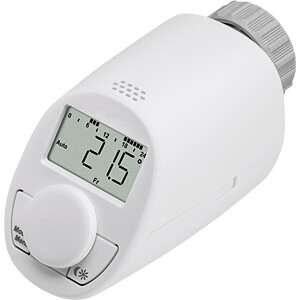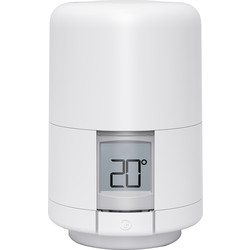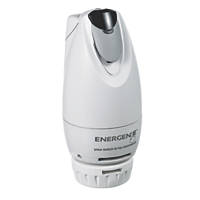First of all you shouldn't believe everything you read in a forum 
In the post you refer to, there isn't any other information given about the rest of the system, so electrically it might work if the poster doesn't have a gravity circulation plumbing system that relies upon the hot water side of the Hive to control the boiler. But you do. [For oil and gas systems, gravity circulation was generally superseded by fully pumped systems in the early 1980's so there aren't all that many left.]
In addition, some electricians have a good knowledge of wiring as they should, but not a clue about the many variants of central heating. I have often had to sort out some very strange installations as a result.
However if you don't understand how it works, or feel competent to do the work, you should get a professional to do it for you. Provided that the existing boiler and pump cables can be used, it shouldn't take longer than 2 hours to install.
That's usual with gravity circulation hot water systems, whenever the boiler is on, hot water circulates around the hot water cylinder. That is why you can never have just the central heating on.
In the post you refer to, there isn't any other information given about the rest of the system, so electrically it might work if the poster doesn't have a gravity circulation plumbing system that relies upon the hot water side of the Hive to control the boiler. But you do. [For oil and gas systems, gravity circulation was generally superseded by fully pumped systems in the early 1980's so there aren't all that many left.]
In addition, some electricians have a good knowledge of wiring as they should, but not a clue about the many variants of central heating. I have often had to sort out some very strange installations as a result.
Most systems will require some rewiring, but yours shouldn't be that difficult. Your system has only 2 components to connect to the Hive. A modern fully pumped system will have at least 5 items, some considerably more. The two components are wired to the Hive terminals 3 and 4 as I described earlier. Some boilers (not all) also require a permanent live.Given what you have said I don't think that even the 2 channel hive will work for me without rewiring the boiler and pump
N=Neutral/s
L=Permanent Live Supply
1. Not used
2. Not used
3. Hot water on (NO) = The switched live supply to the boiler
4. Heating on (NO) = The switched live supply to the central heating pump
However if you don't understand how it works, or feel competent to do the work, you should get a professional to do it for you. Provided that the existing boiler and pump cables can be used, it shouldn't take longer than 2 hours to install.
I forgot to say the only thermostat on the hot cylinder is for the immersion, so there would be no means of controlling the hot water temp.
That's usual with gravity circulation hot water systems, whenever the boiler is on, hot water circulates around the hot water cylinder. That is why you can never have just the central heating on.




